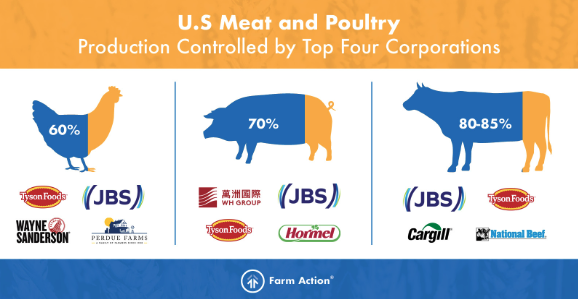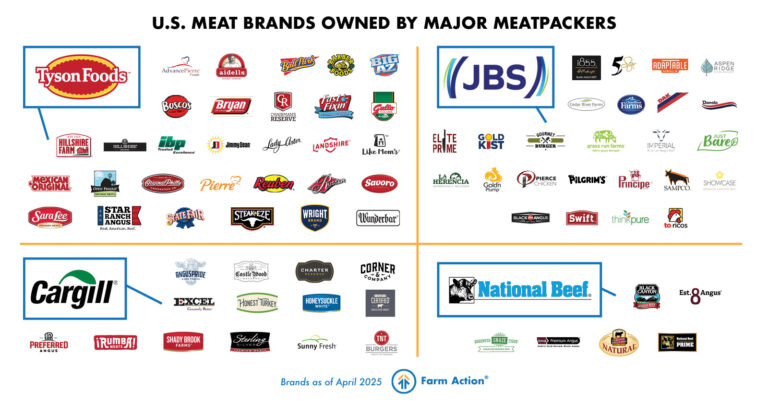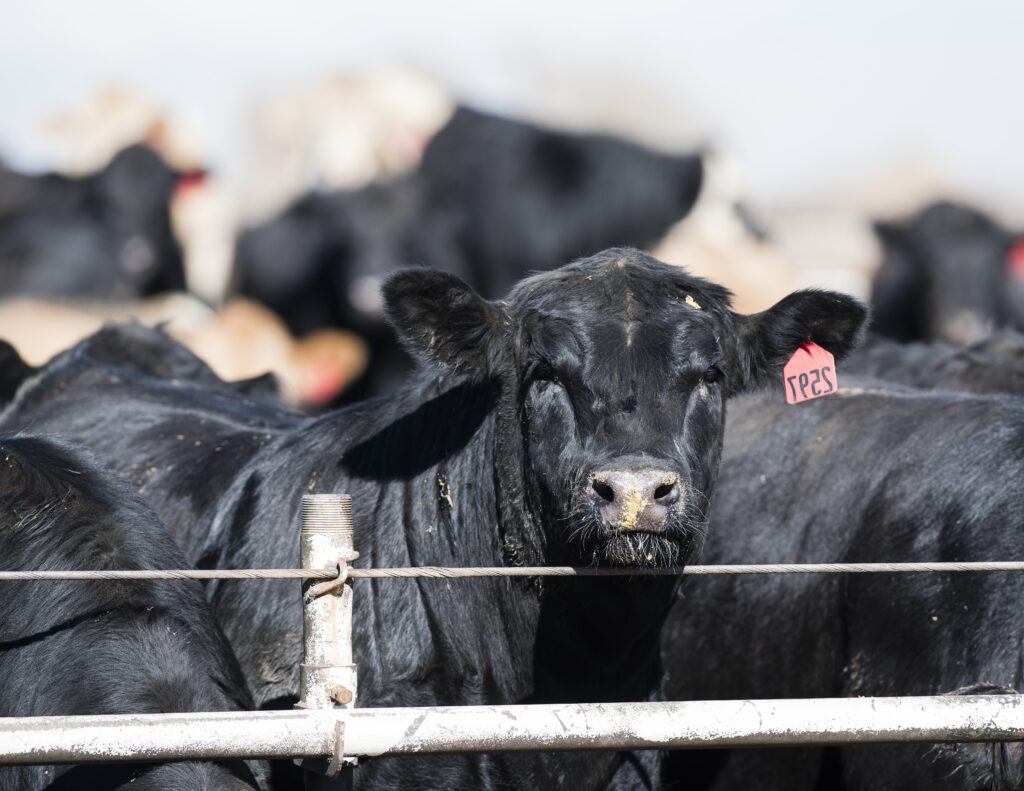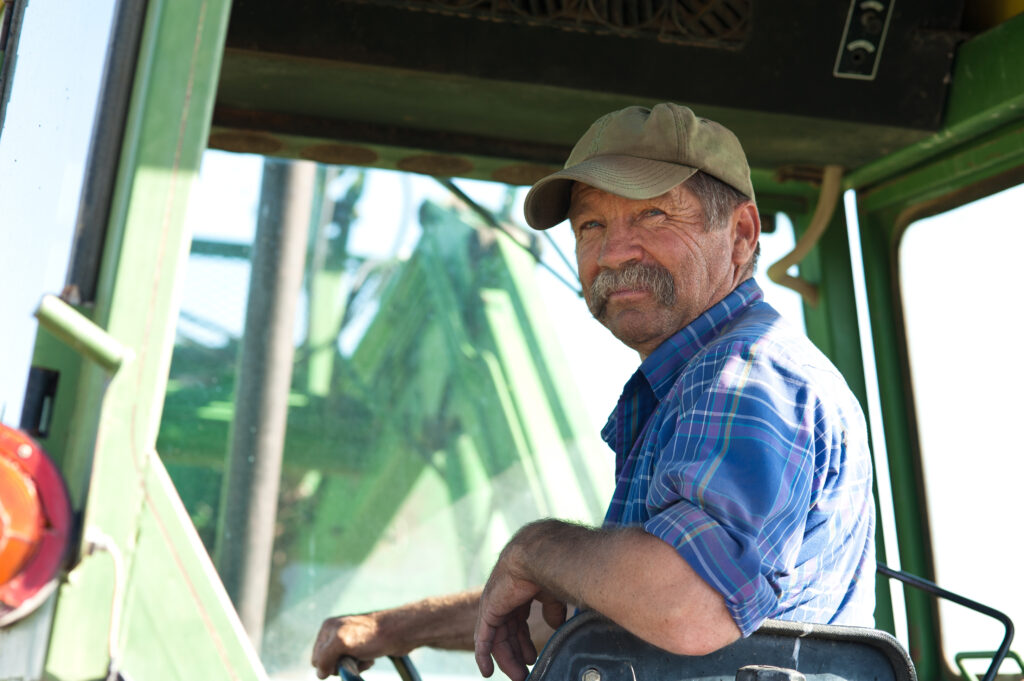In the first post of the Food Monopoly Files series, we looked at how monopoly agriculture came to dominate our food system, tracing its roots from New Deal reforms to the corporate capture of antitrust enforcement. That history sets the stage for where we are today: a food system where just a handful of corporations can dictate prices, production, and even what ends up on our dinner plates. Nowhere is this more evident than in the meatpacking industry.

The Big Four’s Iron Grip
For over a century, meatpacking has been at the heart of America’s monopoly problem. In the early 1900s, Congress recognized the outsized power of a handful of packers and passed the Packers and Stockyards Act of 1921 to break their stranglehold. But over the past four decades, weak antitrust enforcement and a wave of corporate mergers have allowed that stranglehold to return.
Today, just four corporations—Tyson, Cargill, JBS, and National Beef—control 80-85% of the U.S. beef market. Their power doesn’t stop at beef. These companies also dominate poultry and pork, shaping prices, production, and even which brands appear on grocery store shelves.
To see the scope of this control, take a look at the brands owned by each of the Big Four in the graphic below. From Hillshire Farm and Jimmy Dean to Swift and Pilgrims, these companies touch almost every recognizable name in American meat. While shoppers might think they’re choosing between competitors, the reality is that most brands roll up to one of these four corporate parents, leaving families with far less choice than it appears.

Farmers Squeezed at the Gate
With so few buyers for their cattle, ranchers have little bargaining power. Instead of a competitive marketplace where ranchers can earn a fair price for their cattle, they’re forced into a take-it-or-leave-it situation with the Big Four.
The results are devastating. While beef prices at the grocery store climbed in recent years, cattle ranchers saw their share of every dollar shrink. In fact, ranchers now receive less than 30 cents of every retail beef dollar—a historic low. Meanwhile, the packers’ profits have soared.
This isn’t just an economic squeeze; it’s an existential crisis. Thousands of independent cattle operations have shuttered under the pressure, hollowing out rural communities and concentrating production into fewer hands. Farmers are working harder than ever, yet they’re seeing less and less of the value they create.
Consumers Paying the Price
You’d think consumers would benefit if farmers are being paid less. But in a monopoly-driven system, the opposite is true. The Big Four’s control means higher grocery bills and fewer real choices. Their tight grip over our food system allows them to manipulate supply and prices to their own advantage, leaving families to foot the bill at the checkout line.
We’ve seen this play out in real time. When a fire broke out at a Tyson plant in 2019, packers claimed the disruption tightened supply, warranting price increases. Yet, in the weeks following the fire, cattle slaughter actually increased—and prices still went up.
It’s clear that these corporations aren’t responding to market forces; they’re shaping them. And with only four companies in control, consumers are left with little recourse.
A Record of Collusion
The Big Four don’t just benefit from their market share—they’ve also been repeatedly accused of colluding to keep prices high. Over the past several years, the packers have settled countless lawsuits alleging they coordinated production cuts to inflate prices and suppress payments to ranchers.
The situation has gotten so bad that even McDonald’s got tired of getting ripped off and sued Big Meat over alleged price fixing. The pattern is undeniable: When a handful of corporations control the market, it becomes far easier to game the system.
For packers, these lawsuits are little more than the cost of doing business. For farmers and consumers, they’re another reminder of just how rigged the system has become.
Communities Hollowed Out
The effects of meatpacking monopolies ripple far beyond grocery bills. As independent producers disappear, rural communities lose their economic base. Local businesses that rely on farm income, from equipment dealers to feed stores, struggle to survive. Workers at corporate meatpacking plants face grueling conditions, long hours, and little recourse against employers who know workers have few other employment opportunities to turn to.
What’s left behind is a food system designed not to serve farmers, workers, or consumers, but to enrich a handful of global corporations. And because these companies have such vast influence, their decisions reverberate throughout the entire economy.
Time to Reclaim the Market
The story of the Big Four is a story about power: who has it, who doesn’t, and what happens when it’s concentrated at the top. A century ago, Americans recognized this danger and took bold steps to rein in meatpackers. That legacy shows us that reform is possible—but only if we confront corporate power head-on.
This is why Farm Action fights to expose the ways monopolies manipulate our food system and to push for policies that restore fairness and competition. Breaking the power of the Big Four won’t just mean lower prices for consumers or better pay for farmers. It will mean rebuilding a food system that puts people before profits.
This post is the second in our “Food Monopoly Files” series, where we’re unpacking how corporate giants control every step of the food chain—from seeds to supermarket shelves. In the next installment, we’ll look at how seed and pesticide giants have used patents and consolidation to take control of farming at its most fundamental level: the seeds in the ground.




